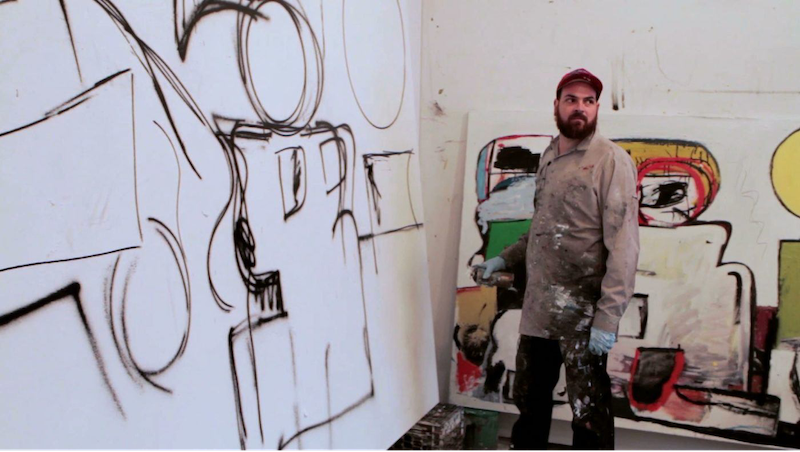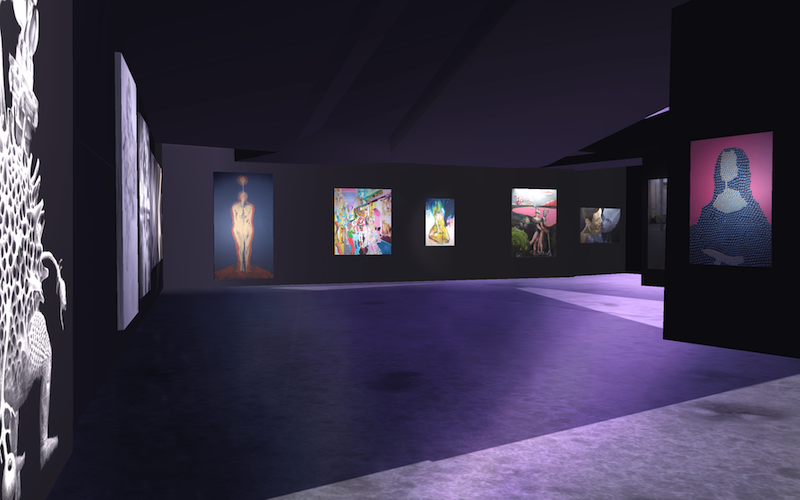
The shares of a lot of stable companies have fallen, blue chips have sunk, the exchange rate is peaking back and forth, and the crypto world is changing probably too rapidly. In this unstable time, one of the interesting tools for preserving capital is the purchasing art in both real and digital formats.
This May, Andy Warhol's work was sold at Christie's auction for a record $195 million, while the Art Basel fair also showed financial success. The art market is rapidly gaining fame.
Let's see why it’s happening.

Andy Warhol "Marilyn"
Firstly, according to Dollar Sprout, art brings an average profit of 7.6%. In addition, it’s not directly affected by the state of financial markets. That’s why art remains a pretty stable investment, while investors are looking for reliable ways to preserve and increase their capital.
Secondly, the growth of interest towards it is associated with the restriction of buying during the pandemic. People had been saving their capital during this time, and now they want to use it for good.
Thirdly, the recent sharp rise of inflation in the world made us look for new ways to secure our capital. Good art can serve as a sure insurance!
And most importantly - unlike the purchase of funds and shares, which are reflected in the mobile application in numbers, art has not only investment attractiveness, but also gives the opportunity to get aesthetic pleasure. So it’s both an investment and a form of consumption.
Now let’s talk about statistics.
There are two options for investing in art:
1. Purchasing artworks by already famous artists
2. Purchasing artworks by so-called venture investments in young, promising ones.
Let's see how the sales were distributed using the example of the Swiss art fair Art Basel:
Hauser& Wirth Gallery sold the legendary sculpture "Spider" for $40 million, which exceeds the previous price for the artist's works by almost $ 8 million. Hauser&Wirth had multimillion—dollar sales this year (≈$26.6 million). Among the artists sold: Arshile Gorky, Francis Picabia, George Kondo, Philip Guston - all of these are world-class masters.
Pace Gallery has already completed transactions for more than $20 million. It’s the gallery that sold Jeff Koons' NFT — $2 million for each work. But it’s also important to remember that digital art was accompanied by a quite physical composition.
All these artworks are made by already well-known artists, however, young art was actively acquired at Art Basel 2022. For example, a new work by Eddie Martinez from 2021 was sold by the California gallery Blum & Poe for $300 thousand.

Eddie Martinez in his studio
Some of the most remarkable sales came from this year's debut galleries — Mariana Ibrahim made deals for $123,500. This is an excellent result for a new participant in the fair. All the artists in the gallery are young.
In total, during Art Basel, artworks by already known artists were sold for about $90 million, while young and promising artists — for about $2 million. The proportion is expected. However, do not forget that the art market is not transparent, so we cannot know the exact numbers.
“Sales were strong, and the atmosphere in the opening hours was just like the good old pre-pandemic days. Decisions came quickly, with the competition for the best works brisk,” David Zwirner wrote in the fair’s closing report.
The rapid development of technology questions the existence of physical art. You may ask, why not buy Rubens or Warhol are in the NFT? It’s possible that high-quality digital versions of famous artworks will appear very soon as the crypto-sphere is actively developing and enthusiasts are creating more and more ambitious projects. For example DAO, it’s the same NFTs and virtual exhibitions. Perhaps now is the best time to "enter" the world of digital art. However, it’s very important to monitor its development, correctly estimate the situation and calculate all the risks. In this case, one cannot cope without skillful analytics, a broad outlook and knowledge of the history of art.

Digital exhibition "Me is present"